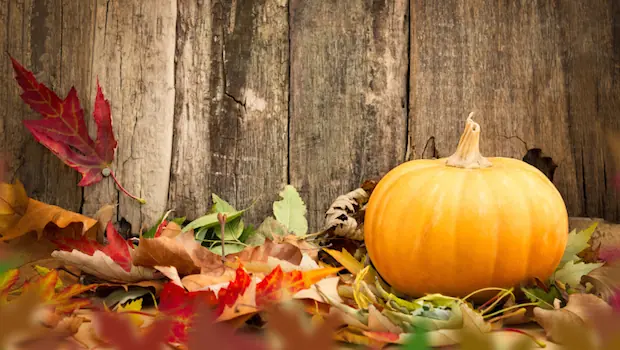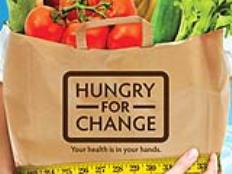
Here are a few tips to keep you mindful of how the fall can impact your healthy behaviors.
Be Mindful: Eating Increases in the Fall
It's that time of year when it starts to get dark earlier, the days get cooler, football and school begin—in other words, it's the beginning of fall. And something else happens as well: we start eating more.
People show a marked seasonal rhythm, with increased total caloric consumption, especially from carbohydrates, that's associated with an increase in meal size and a greater rate of eating. (Interestingly, alcohol intake has a different seasonal pattern, with the highest intake occurring in the summer and the lowest in the fall.)
According to John de Castro, Ph.D., a professor of psychology at the University of Texas, El Paso, "We have a tendency to eat about 200 calories more per day during the fall...We tend to blame much of this 'fall' weight gain on the holidays; however, there are other causes," says de Castro, who excluded the holiday periods from his research.
Why do we eat more in the fall? More than likely it's biological—putting on weight in preparation for the potential winter famine our ancestors faced.
"It all makes sense—the fall harvest, storing up for the long winter months," explains de Castro. Historically, we have had a tendency to eat when food is plentiful, because we never knew when our next meal was going to be available.
More: 5 Fruits and Veggies to Eat This Fall
Kurt Krauchi, Ph.D., a scientist at the Psychiatric University Clinic in Basel, Switzerland, studied patients with seasonal affective disorder (SADa type of mood disorder that is caused by lack of light). He found that they ate more carbohydrates, particularly sweets but also starch-rich foods, during their depression in winter, and that their intake could be reduced with light therapy.
"There seems to be a relationship between light and depression, which leads to consumption of additional carbohydrates," says Krauchi. De Castro, however, found an increase in fall eating independent of decreased light and/or depression.
Perhaps we eat more simply because bathing suit season is over, and we can start hiding excess calories beneath our winter clothes. Whatever the reason, it's important to realize that fall foods (soups, stews, breads, sweet potatoes, butternut squash, apples, pumpkins and all types of greens) can actually be healthier than foods of other seasons. They are typically packed with great nutrients, such as fiber, protein, beta carotene and vitamin C.
Health Tips
Here are a few tips to keep the fall tasty and healthy:
Soups: Soups are great if they're not made with cream or cheese. Just watch serving sizes, because we tend to eat whatever's in our bowl.
More: 8 Heart-Healthy Soups for Athletes
Stews: Stews can be hearty and also fattening. Use loads of fresh vegetables, and go light on the meat and potatoes.
TV and Food: Avoid unconscious eating while watching football and the new fall TV lineup. Never bring the whole bag or bowl of anything to the couch or coffee table; pre-measure it in the kitchen beforehand. When it comes to chips, make sure they're baked, not fried.
Harvest: Celebrate the fall harvest in other ways, not just by making pies. Apples are low in calories when they're off the tree, not in a pie.
Pumpkin: If you must have pie, try making pumpkin pie with artificial sweetener, egg whites and low-fat milk. And, of course, just have one piece.
More: 8 Savory Pumpkin Recipes
Turkey: Turkey is healthy, as long as you keep it lean and white.
Time Change: Keep in mind that once we set the clocks back, it gets darker earlier, so there are fewer outdoor options for physical activities in the evening. Make adjustments by joining a gym, planning evening walks at the mall or becoming an early riser.
- 1
- of
- 3







Discuss This Article